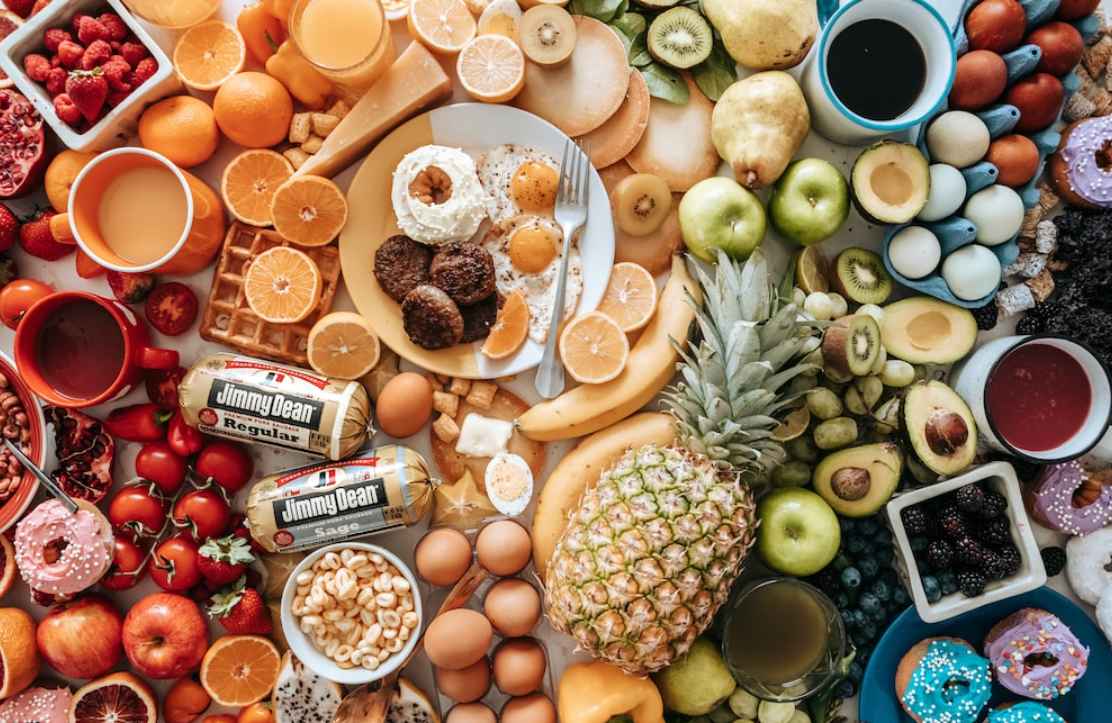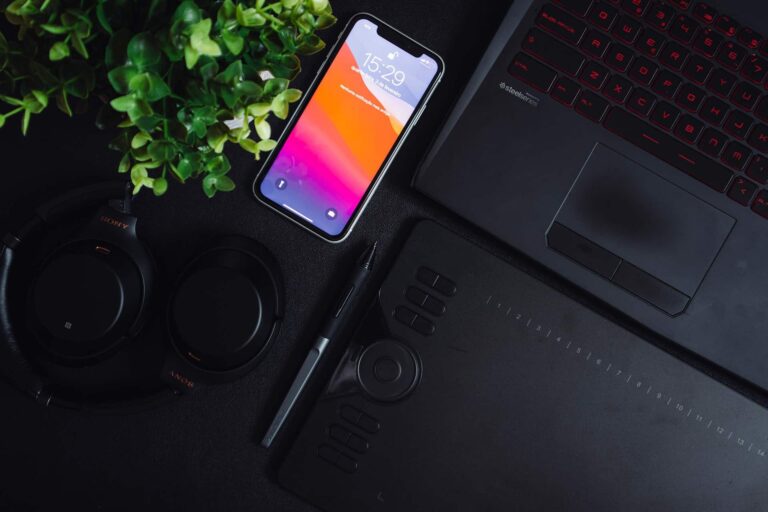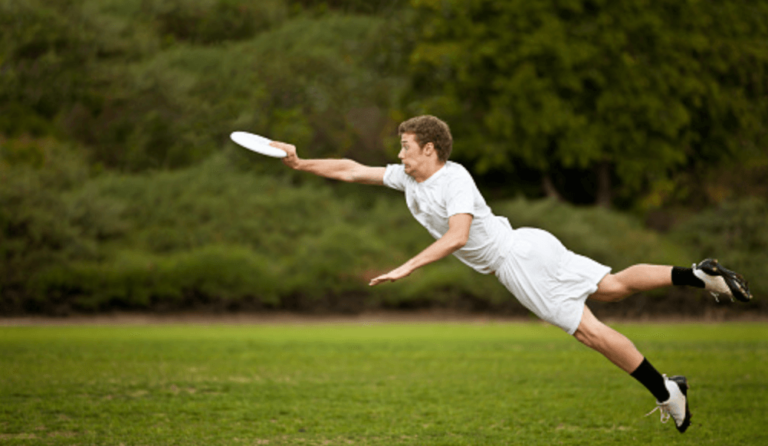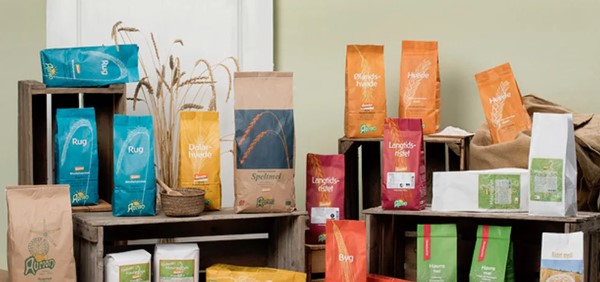Are you tired of seeing the same boring food photos online? Do you want to spice up your own food photography game? Look no further than to learn about 5120x1440p 329 Food Backgrounds! The background can be just as important as the dish itself when it comes to making a great photo. In this post, we’ll dive into different types of backgrounds and how they can enhance your food photography. Get ready to make mouths water and Instagram feeds pop with vibrant colors and unique textures. Let’s get started!
What is a 5120x1440p 329 Food background?
A food background is the history and origins of a particular dish. It can also refer to the cultural context in which food is eaten. For example, Chinese food has a long history and is often eaten with chopsticks. Italian food, on the other hand, is typically eaten with forks and knives. Knowing the background of food can help you understand its flavor and cultural significance.
How to research food backgrounds
When it comes to food, there is more to consider than just taste. Many factors go into what we eat and how it affects our bodies. One important aspect to think about is the background of our food. How was it grown or raised? What processes did it undergo before arriving on our plates?
Luckily, researching food backgrounds is easier than ever before. With a few clicks of a mouse, we can learn about where our food comes from and what goes into its production. This information can help us make better choices about what we eat and feed our families.
Here are some tips for researching food backgrounds:
1. Check the labels.
When you’re at the grocery store, take a look at the labels on the products you’re considering buying. Many items will list their country of origin or other important information. This can give you a good starting point for your research.
2. Use online resources.
The internet is a wealth of information on just about any topic imaginable. A simple Google search can turn up articles, blog posts, and even websites dedicated to food origins and production methods. While it’s important to be critical of the sources you find online, this can be a great way to get started in your research.
3. Talk to experts.
If you want to really dig into the details, talking to experts in the field is a great way to get accurate information. Farmers, food scientists, and others who
What to look for in a food background
When looking for a food background, it is important to consider the following factors:
1. The source of the food: Where was the food grown or raised? Was it produced in a clean and safe environment?
2. The processing of the food: How was the food processed? Was it treated with chemicals or other additives?
3. The packaging of the food: How is the food packaged? Is it packaged in a way that preserves its freshness and quality?
4. The expiration date of the food: When will the food expire? Is it still safe to eat after that date?
5. The price of the food: How much does the food cost? Is it a good value for the money?
How to use food backgrounds in your cooking
If you’re looking to add a little bit of flair to your cooking, consider using food backgrounds. Food backgrounds can help set the tone for a meal, and can also be used as a way to add some fun and personality to your dishes. Here are a few tips on how to use food backgrounds in your cooking:
1. Choose a background that compliments the food you’re preparing. If you’re making something light and refreshing, try using a brightly-colored or patterned background. For heartier fare, opt for a darker background that will help offset the richness of the dish.
2. Use the background as a way to add visual interest to your dish. Consider using contrasting colors or patterns to really make your dish pop.
3. Get creative with your backgrounds! There’s no need to stick with traditional options – get creative and have fun with it. You can even use things like photos or artwork as backgrounds for your dishes.
4. Keep it clean! Be sure to keep your backgrounds clean and free of any debris or crumbs – nobody wants to eat off of a dirty plate!
5. Have fun with it! Remember, there are no hard and fast rules when it comes to using food backgrounds – so experiment and have fun with it until you find what works best for you and your dishes
Conclusion
5120x1440p 329 Food Backgrounds are an interesting way to add a unique dimension to any culinary or food photography project. You can use anything from rustic wood planks and distressed textures, to bright colors and patterns, making the possibilities endless. With some creativity you can create stunning images that will make your mouth water! So don’t be afraid to experiment with different types of food backgrounds and let your imagination run wild.







